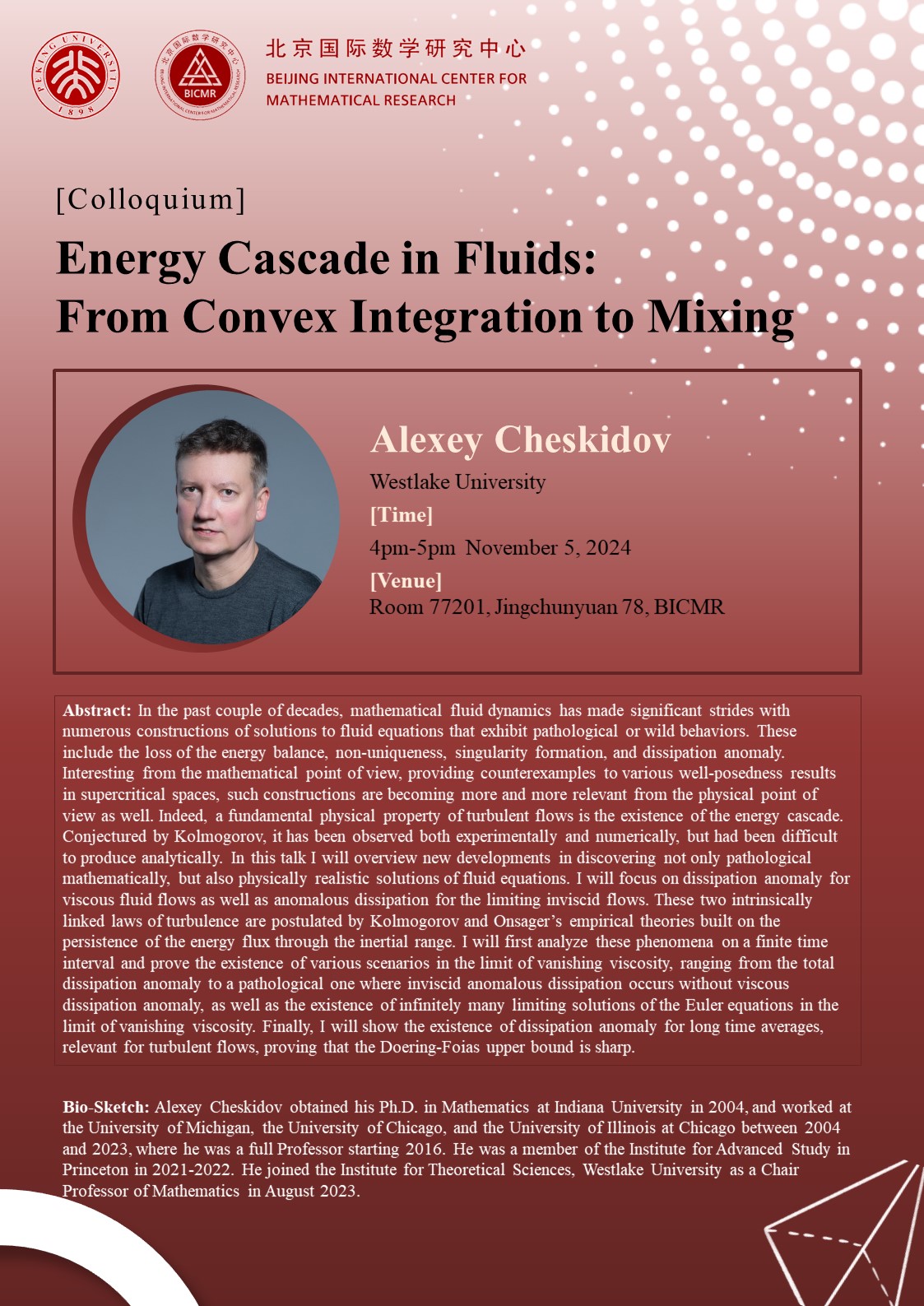
In the past couple of decades, mathematical fluid dynamics has made significant strides with numerous constructions of solutions to fluid equations that exhibit pathological or wild behaviors. These include the loss of the energy balance, non-uniqueness, singularity formation, and dissipation anomaly. Interesting from the mathematical point of view, providing counterexamples to various well-posedness results in supercritical spaces, such constructions are becoming more and more relevant from the physical point of view as well. Indeed, a fundamental physical property of turbulent flows is the existence of the energy cascade. Conjectured by Kolmogorov, it has been observed both experimentally and numerically, but had been difficult to produce analytically. In this talk I will overview new developments in discovering not only pathological mathematically, but also physically realistic solutions of fluid equations. I will focus on dissipation anomaly for viscous fluid flows as well as anomalous dissipation for the limiting inviscid flows. These two intrinsically linked laws of turbulence are postulated by Kolmogorov and Onsager’s empirical theories built on the persistence of the energy flux through the inertial range. I will first analyze these phenomena on a finite time interval and prove the existence of various scenarios in the limit of vanishing viscosity, ranging from the total dissipation anomaly to a pathological one where inviscid anomalous dissipation occurs without viscous dissipation anomaly, as well as the existence of infinitely many limiting solutions of the Euler equations in the limit of vanishing viscosity. Finally, I will show the existence of dissipation anomaly for long time averages, relevant for turbulent flows, proving that the Doering-Foias upper bound is sharp.
Source: Beijing International Center for Mathematical Research, PKU